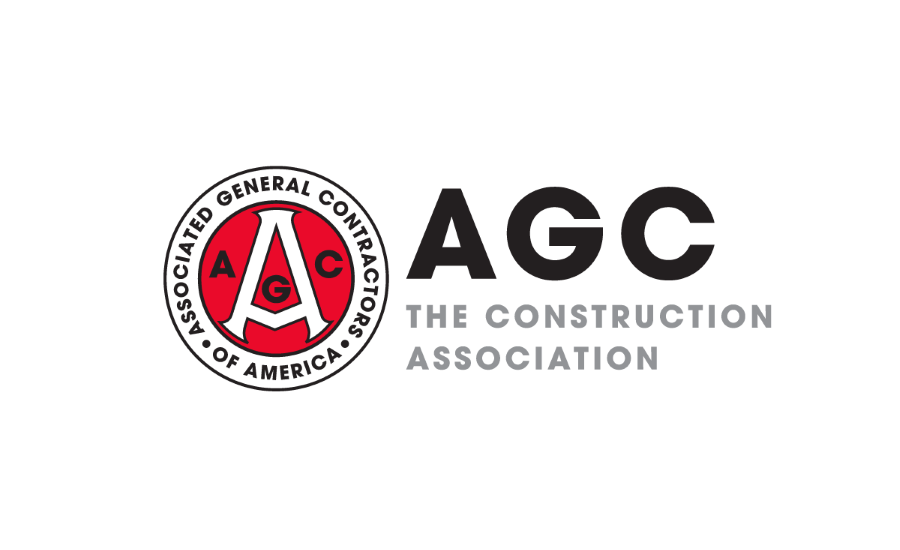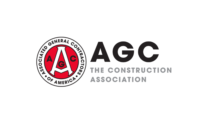Construction Spending Slips in February Despite Private Nonresidential Increases
Construction officials urge Biden Administration to focus on progress instead when it comes to new federal investments in infrastructure, semiconductor plant and green energy construction projects

Total construction spending decreased by 0.1 percent in February, as declines in single-family homebuilding and public construction outweighed a pickup in private nonresidential construction, according to an analysis by the Associated General Contractors of America April 3 of new federal data. Association officials noted that demand for many types of commercial construction is likely to remain strong for the foreseeable future.
“Continued strong demand for manufacturing plants and data centers, along with an increase in power projects, contributed to the increase in private nonresidential construction,” said Ken Simonson, the association’s chief economist. “Those segments appear likely to keep growing for many months to come.”
Construction spending, not adjusted for inflation, totaled $1.844 trillion at a seasonally adjusted annual rate in February, 0.1 percent below the January rate, which was revised up from the initial estimate in March. Spending on private residential construction decreased for the ninth consecutive month in February, by 0.6 percent. Spending on private nonresidential construction increased by 0.7 percent in February, while public construction investment dipped by 0.2 percent.
Spending varied among large private nonresidential segments. The biggest component, manufacturing plants, jumped 2.7 percent. Commercial construction—comprising warehouse, retail and farm construction—decreased 0.6 percent in February. Power construction climbed 1.5 percent. Spending on private office construction, including data centers, rose 0.5 percent.
The largest public categories were mixed as well. The biggest, highway and street construction, increased 0.3 percent, while education construction slumped 0.9 percent. Public spending on transportation projects fell 0.7 percent.
Residential spending shrank due to a 1.8 percent contraction from January in single-family homebuilding. That outweighed an increase of 1.4 percent in multifamily construction.
Association officials said many projects were being held up by a lack of clear guidance about new regulatory measures associated with much of the new federal investments in construction. Confusion about the administration’s approach to Buy America rules, labor measures associated with the new semiconductor funding and registered apprenticeship mandates for the new green energy investments were either unclear or unfinished.
“The president and his team appear far more focused on interpreting laws to fit their agenda instead of progress when it comes to the billions in new federal investments Congress has authorized,” said Stephen E. Sandherr, the association’s chief executive officer. “Instead of adding miles of new red tape, the administration should be working with the construction industry to find ways to get construction started as quickly as possible.”
Looking for a reprint of this article?
From high-res PDFs to custom plaques, order your copy today!




